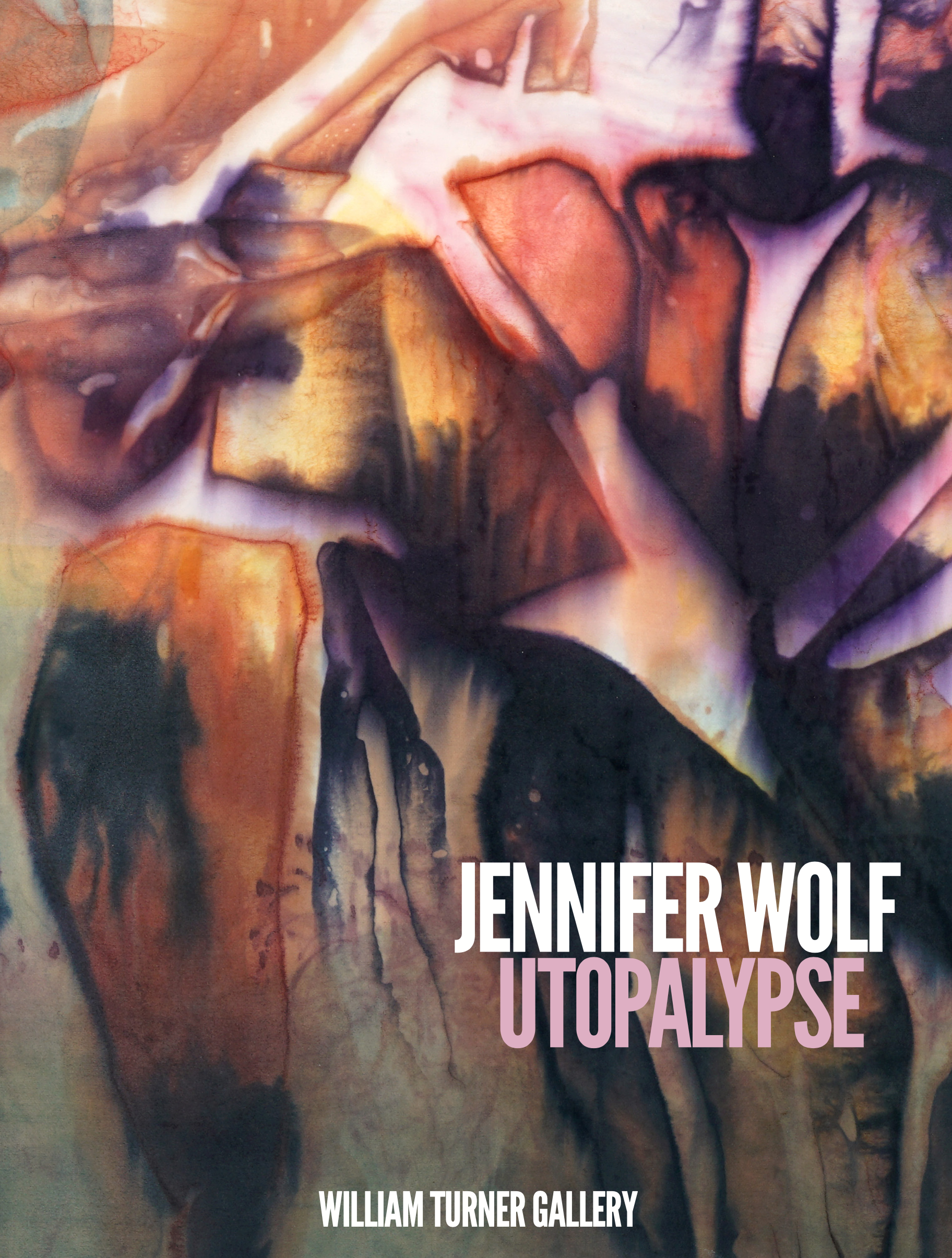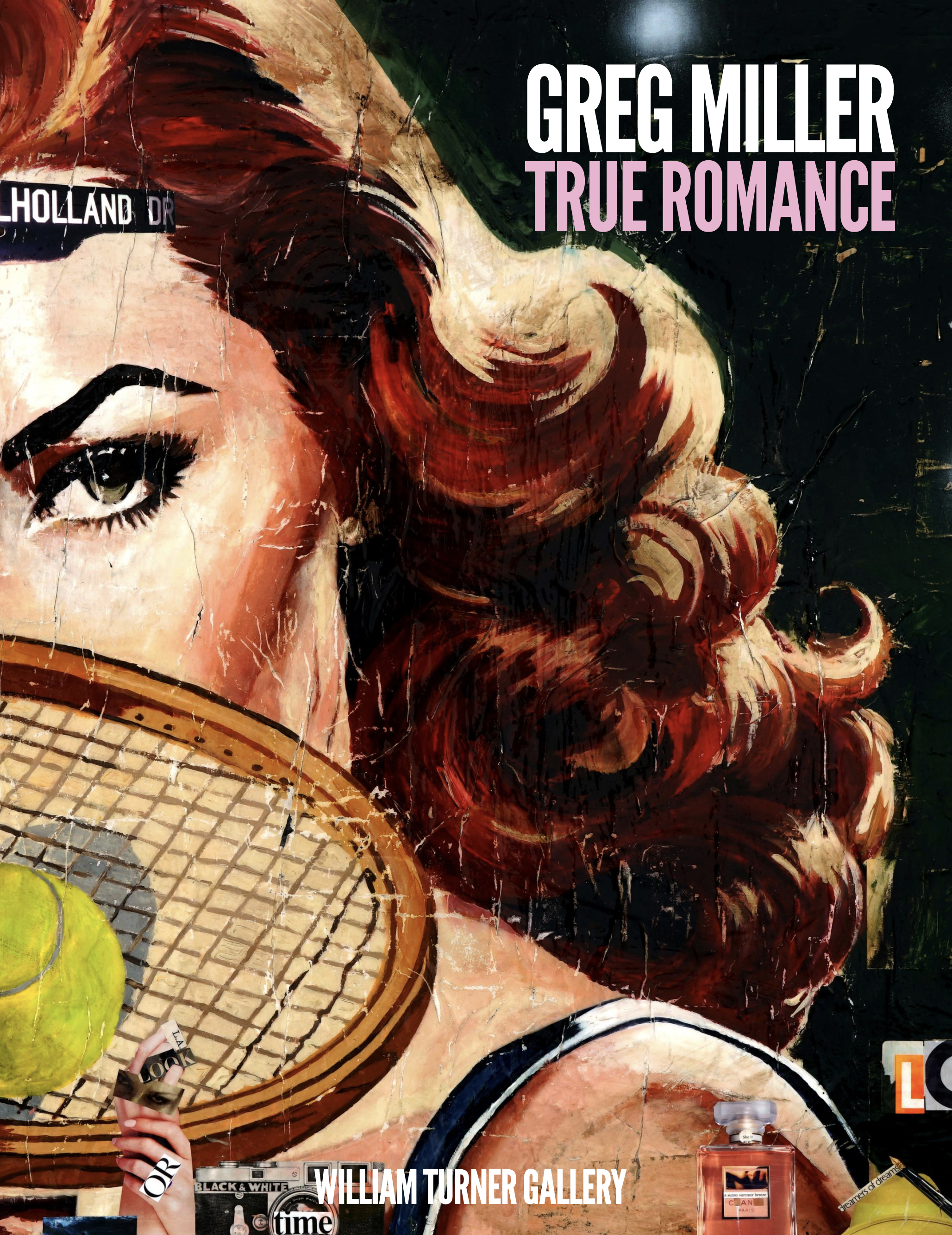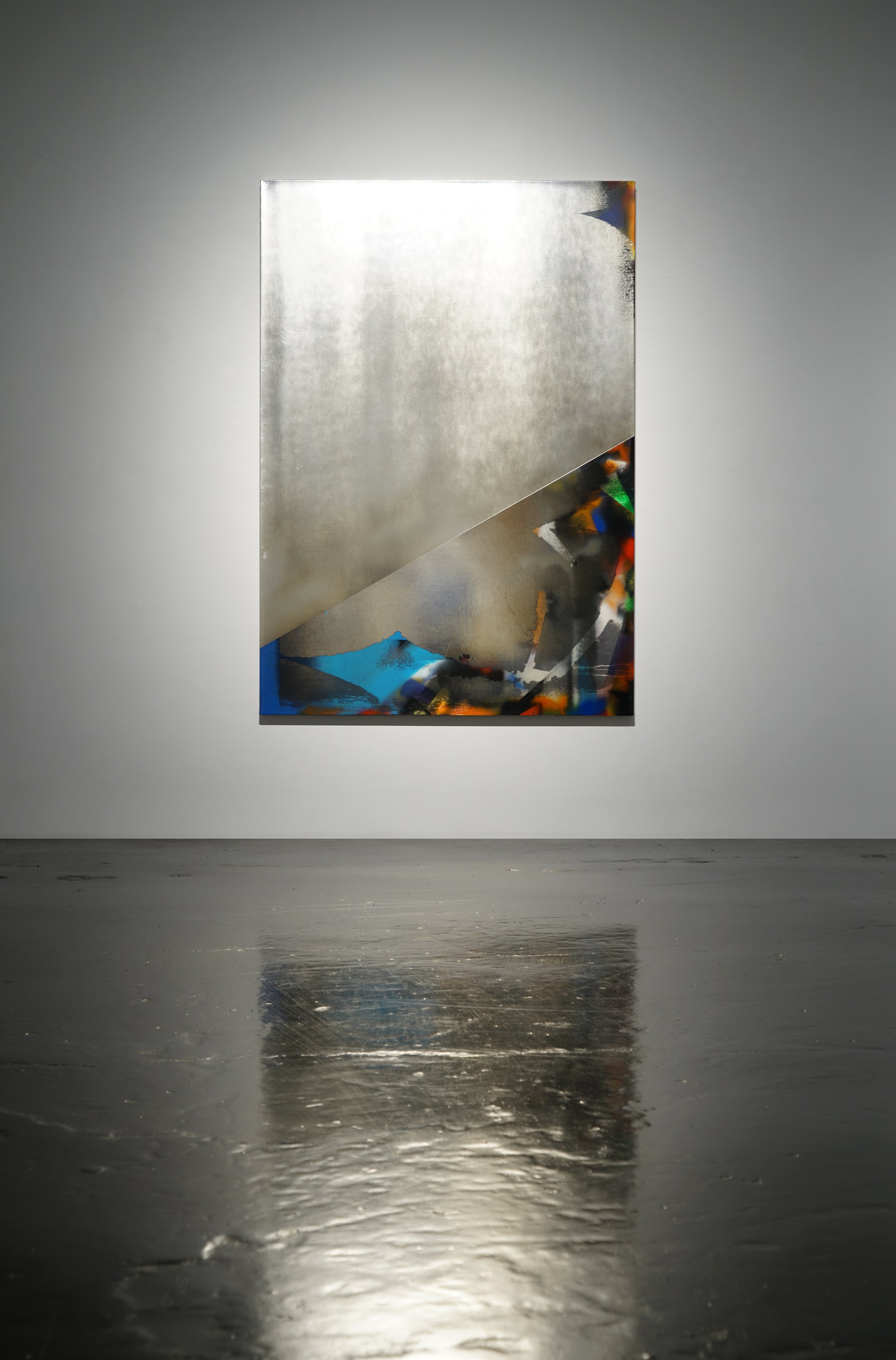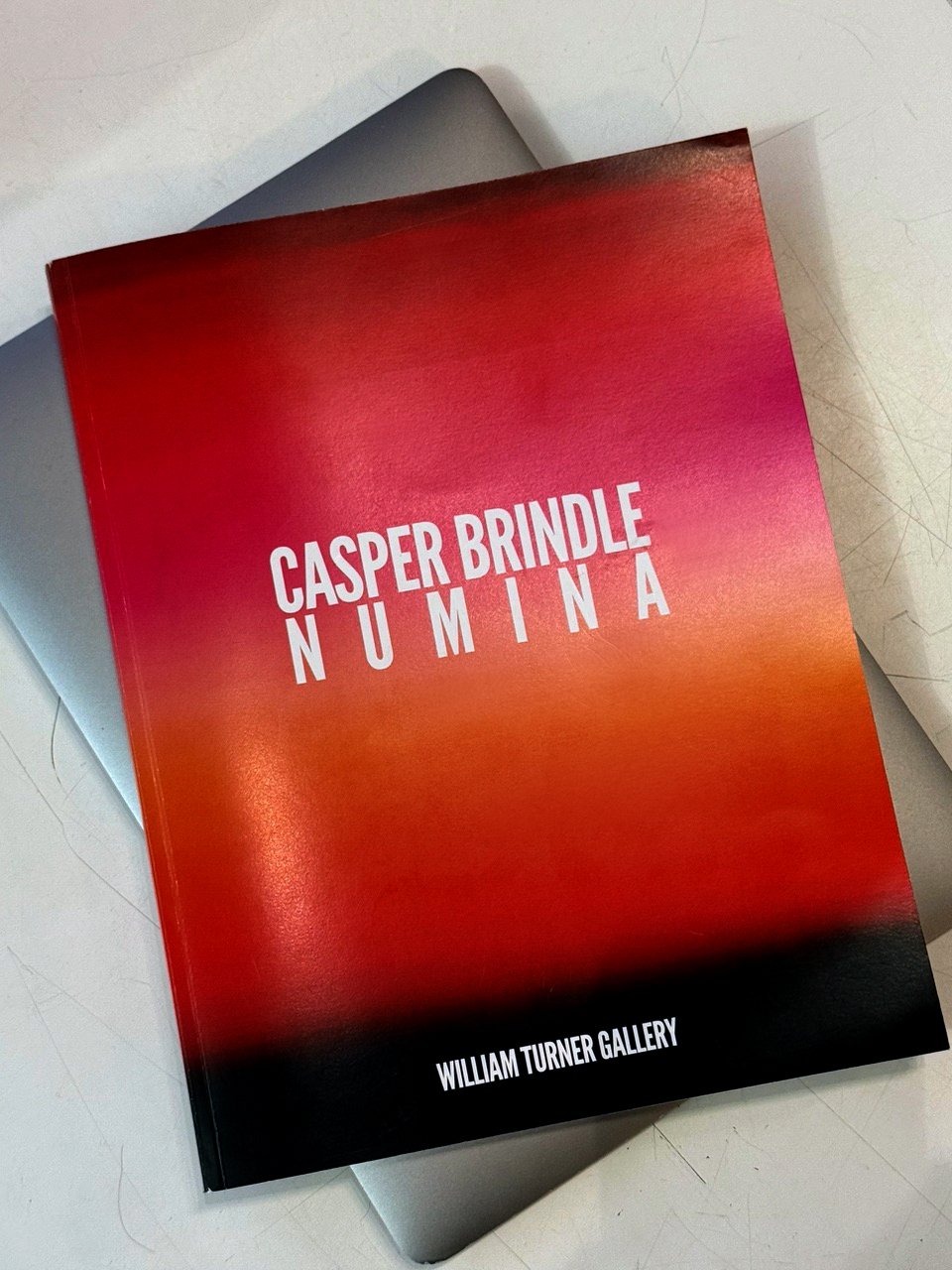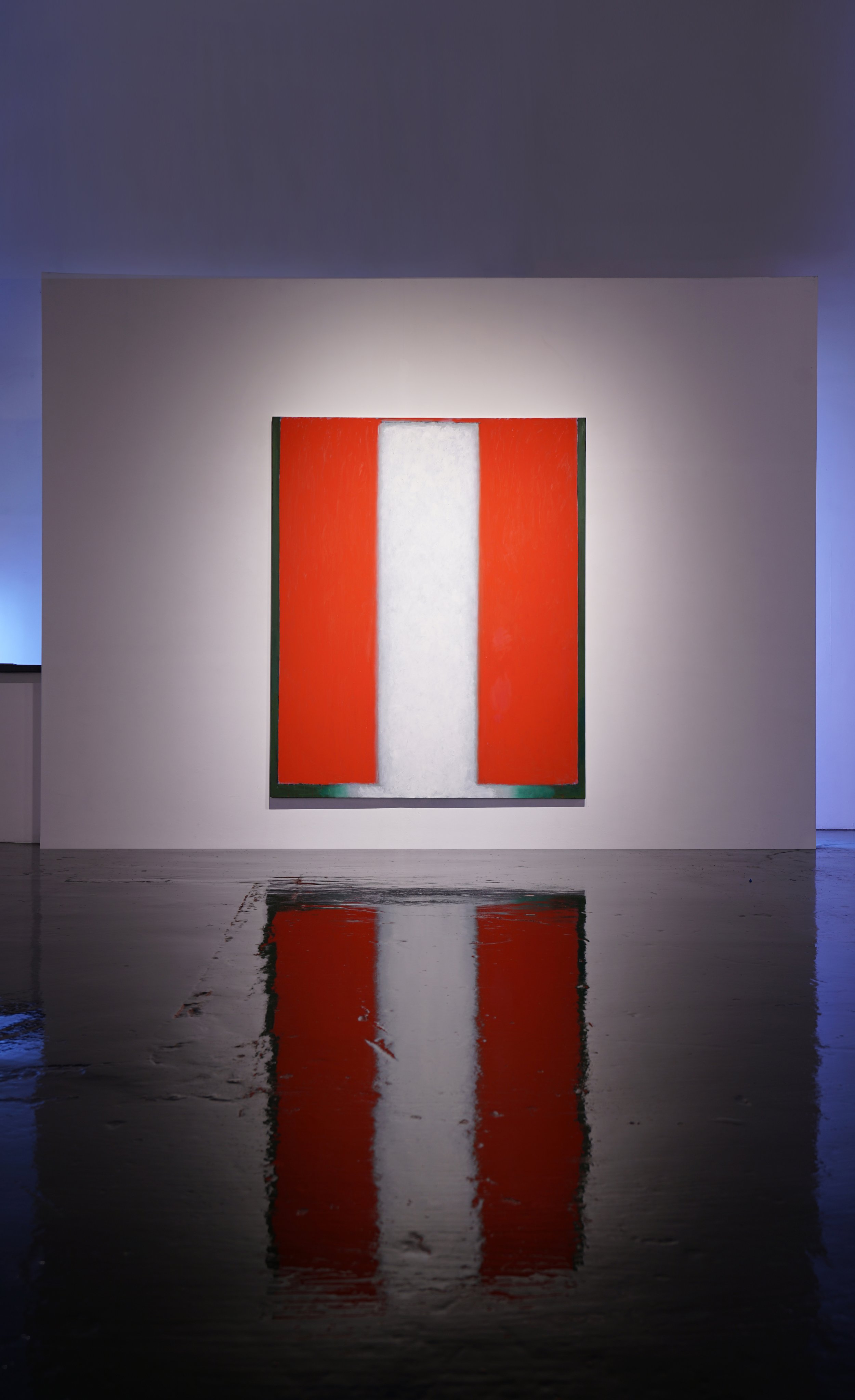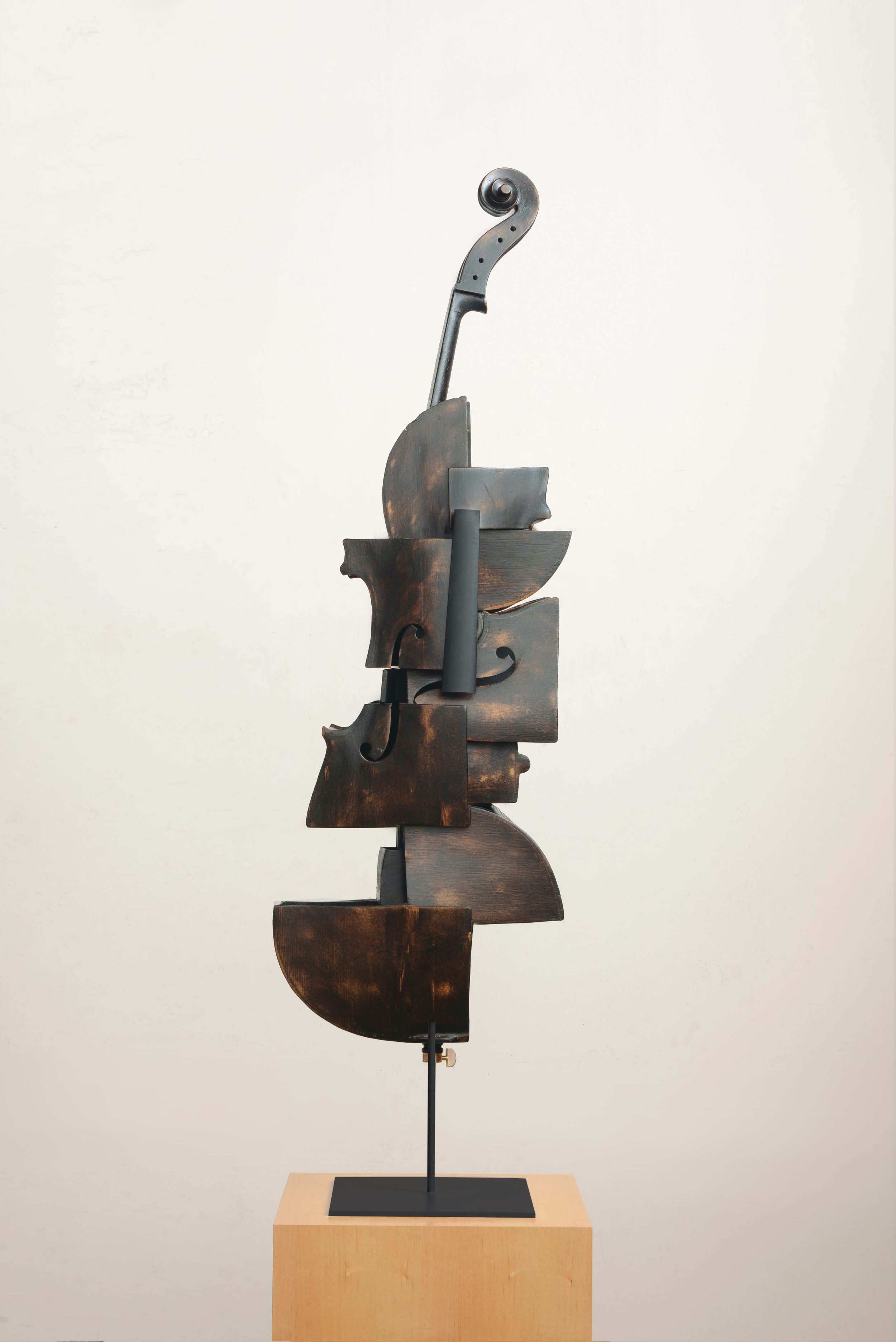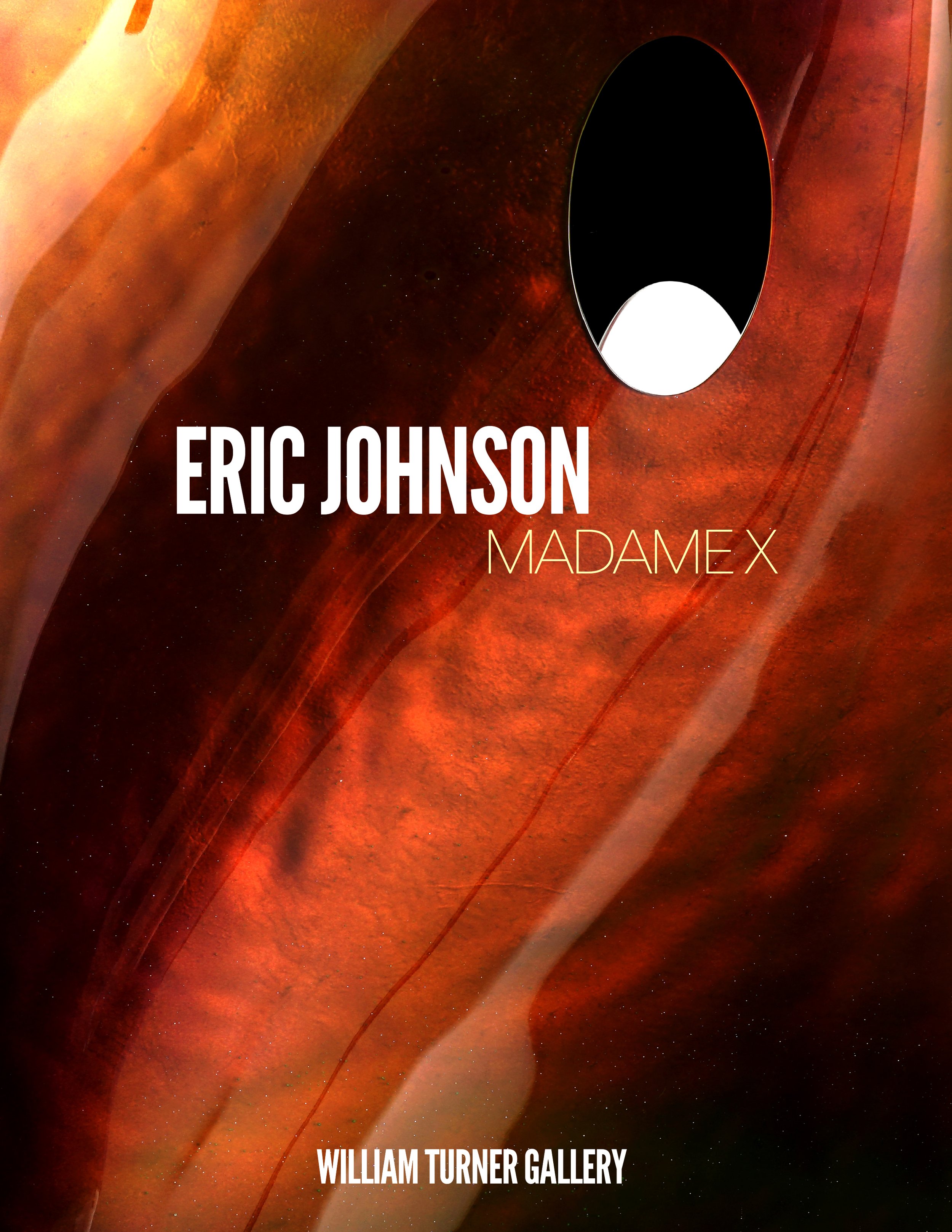Fleeting Colors in Transition and a Circle Symbolizing Circulation
I believe my decision to become a painter was greatly influenced by my parents and my early environment. My father is American, my mother is Japanese, and I lived in Japan until I was 12 before moving to the United States to live with my father. My father was an abstract painter, and my mother was a video artist. Many of their friends were also artists, and they would often gather at our home or in studios, passionately discussing their works and creative processes. Interestingly, my first interest in artistic expression wasn’t painting — it was words. While browsing my father’s bookshelf filled with poetry collections, I became inspired to write my own poems and essays. By the time I was about 15, I discovered William Blake, the English poet and painter, which encouraged me to start adding illustrations to my poetry. Whenever I returned to Japan, my mother would take me to galleries in Tokyo. I remember being amazed by the diverse range of artistic expression — intriguing objects, sound installations, and more — which opened my eyes to the fascinating and expansive world of art.
At university, I studied traditional techniques like croquis, but I soon realized that faithfully reproducing what I saw in front of me wasn’t my strength. Instead, I became more focused on expressing what I felt in my heart. One of the turning points in my life came when I studied abroad in Florence. During that time, I had the opportunity to interact with Joan Mitchell, a friend of my father and an abstract expressionist artist. Upon seeing my work, she immediately urged me to “invent your own way of painting.” Her words were a wake-up call — lines, colors, shapes, depth, techniques, and processes should all be uniquely mine; no one else could express what I wanted to create. That encounter made me seriously reflect on how to translate my inner visions into paintings. Through much exploration, I eventually arrived at the layering technique that I still use today. By building up layers, light, shadow, and depth emerge naturally, revealing a sense of presence. This approach reflects my fascination with the fleeting beauty of light within darkness, much like the world depicted in Junichiro Tanizaki’s In Praise of Shadows. It’s this delicate balance — the interplay of light and shadow — that continues to inspire my work.
I was deeply shocked when I heard a curator say they made all their curation decisions solely through social media, without ever seeing the actual artworks. To me, art is something you must experience with your own eyes — it’s only through that direct encounter that emotions are stirred and a dialogue with the work begins. Sharing space with an artwork and observing it firsthand carries profound meaning. Reflecting on this idea led me to create this series. In these paintings, the colors shift depending on the viewer’s position and the angle of the light, much like a butterfly’s wings or the iridescent patterns of a jewel beetle. The pigments, which include mica, reflect light in a way that alters the visual tone. One of the key themes of this series is the awareness of one’s own physical presence — an invitation to reconnect with the act of seeing through the senses.
When creating abstract paintings, I make a conscious effort to focus on my own awareness. Being fully present in the “here and now” is incredibly challenging, yet I find constant inspiration in Zen philosophy. One particularly memorable experience was a Zen training session I attended at Tōfuku-ji Temple in Kyoto when I was 17. For about ten days, we practiced meditation from early morning until night, sitting in zazen and focusing solely on our breathing. At first, I struggled to concentrate — my mind kept racing with thoughts and memories, like a mental carousel spinning endlessly. The frustration was intense, but by the fifth or sixth day, my chaotic thoughts gradually began to settle. Then, about a week in… it happened — just for a brief moment. Everything before me — the stones and trees in the garden, the monk sitting beside me, and even myself — seemed to merge into one. It was an indescribable sensation, as if I had transcended my physical senses. That fleeting moment of connection has stayed with me ever since.
Throughout my artistic journey, I’ve explored various themes, but it was around 2021 — when I moved to Kamakura — that the circle became a central motif in my work. I see the circle as the simplest yet most powerful symbol of cycles — the endless loop of life and death, the changing of seasons, and the flow of time itself. Kamakura has a remarkably slow pace of life, surrounded by rich nature. Compared to Los Angeles, where I used to live — a place with little sense of seasonal change — I now feel much more attuned to the rhythms of nature and the passage of time. The abundance of temples and shrines here has also been a source of inspiration for my work. On a side note, I recently learned about Ensō, a Zen painting by Sengai Gibon, a monk and artist from the Edo period. In his famous work ○△□, some interpret the circle as symbolizing “nature,” the square as “humanity,” and the triangle as “the universe.” I find that perspective fascinating — another beautiful reflection of interconnected cycles.



